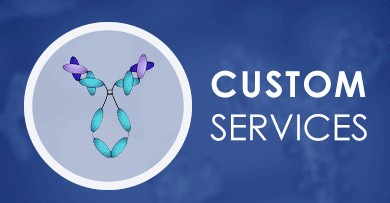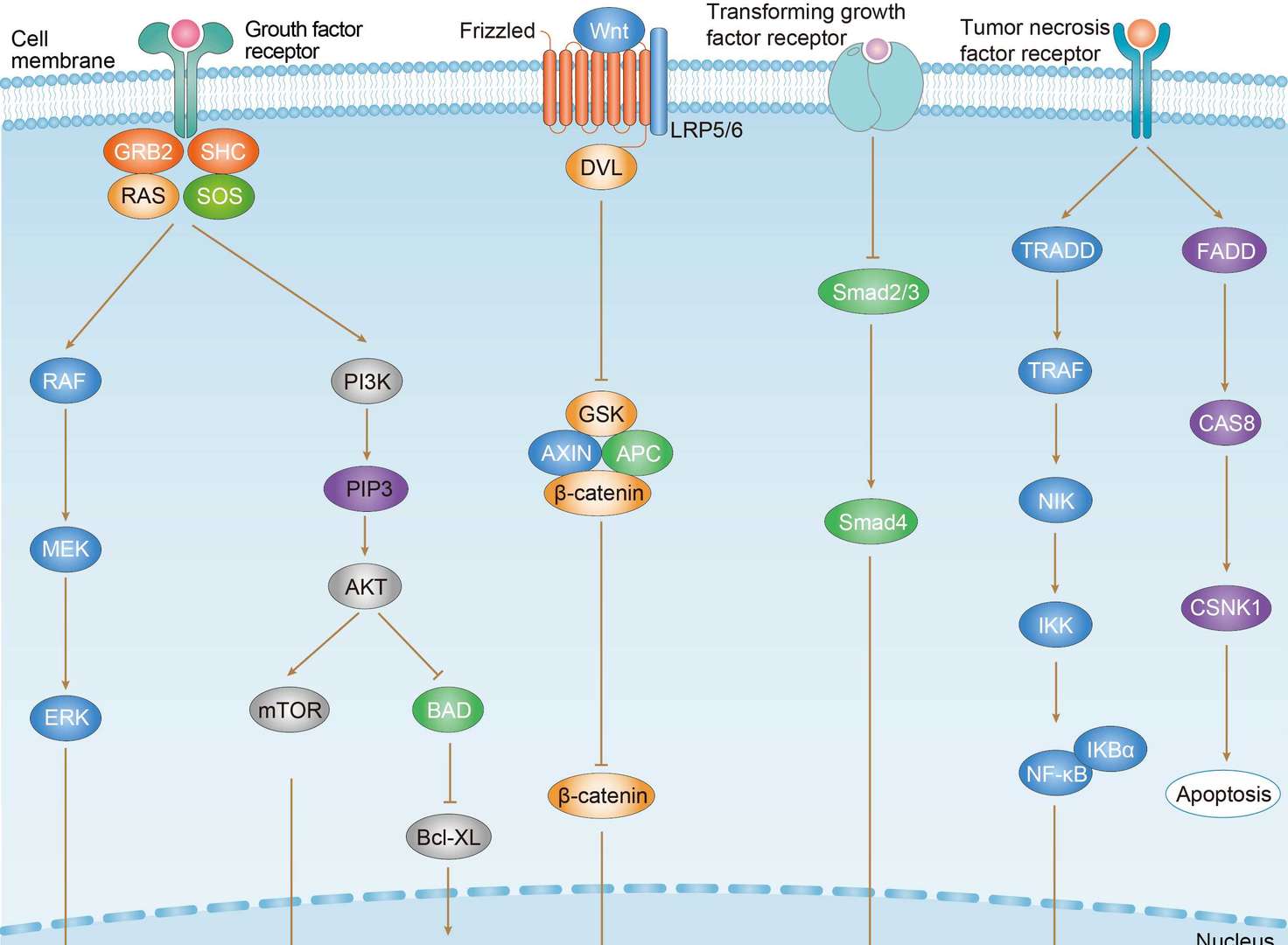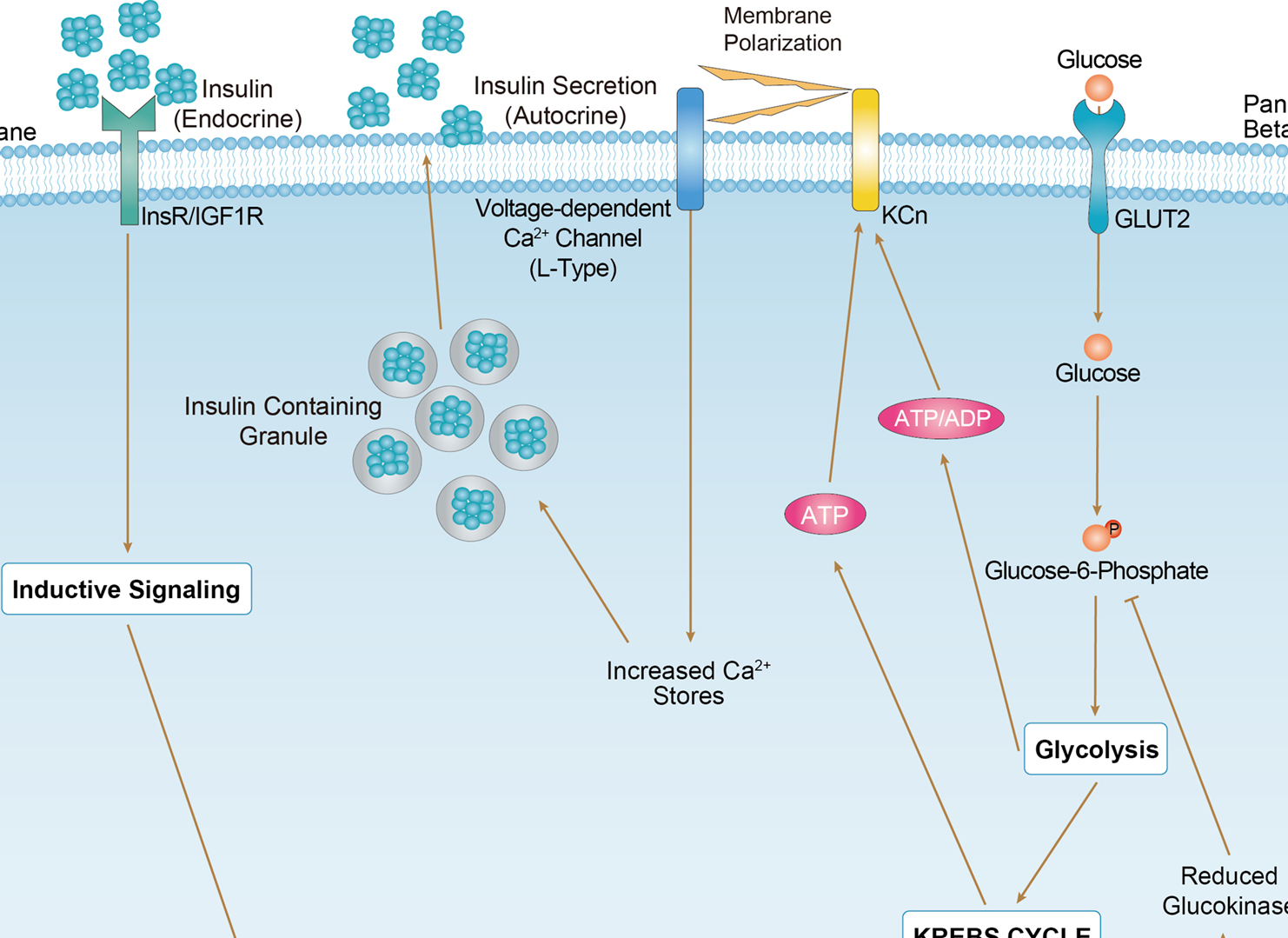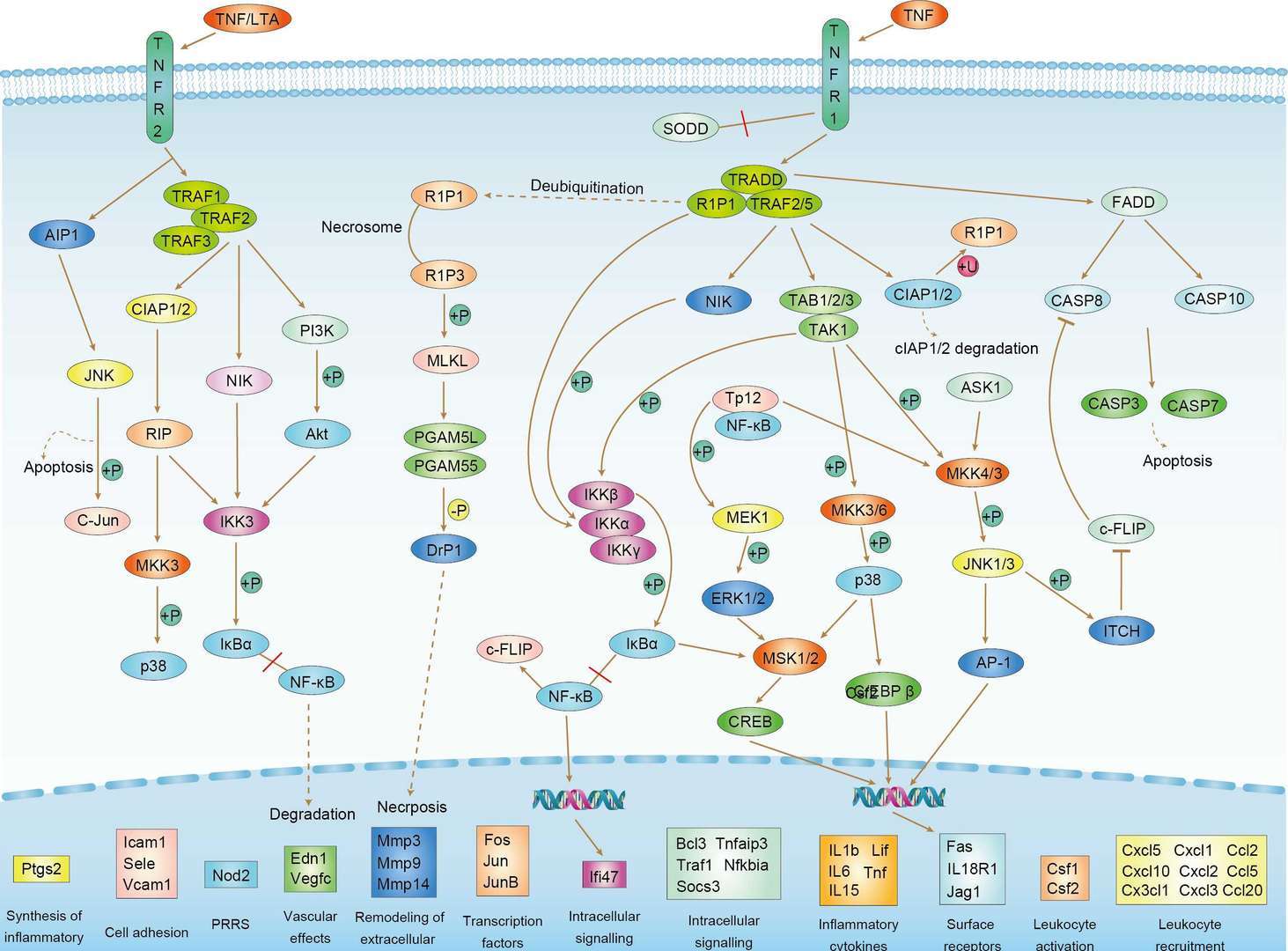 Loading...
Loading...

TRADD
 Loading...
Loading...Anti-TRADD Products
-
- Derivation: Mouse
- Species Reactivity: Human
- Type: Mouse IgG2a
- Application: FC, ICC, IHC
- Anti-Canine TRADD Antibody (MOB-0229MC)
-
- Species Reactivity: Canine, Mouse, Rat and Human
- Application: WB, IF, IP, ELISA
- Recombinant Mouse Anti-Human TRADD Antibody (MOB-1822MZ)
-
- Species Reactivity: Human
- Type: Mouse antibody
- Application: WB
- AbPlus™ Anti-TRADD Magnetic Beads (VS-0724-YC467) (VS-0724-YC467)
-
- Target: TRADD
- Target Species: Human
- Application: IP, Protein Purification
- Mouse Anti-TRADD Recombinant Antibody (clone 3A1E8) (VS7-0425-WR1039)
-
- Species Reactivity: Human
- Type: Mouse IgG1
- Application: FC
- Anti-TRADD Immunohistochemistry Kit (VS-0325-XY2343)
-
- Species Reactivity: Human, Mouse
- Target: TRADD
- Application: IHC
- Anti-Human TRADD Immunohistochemistry Kit (VS-0525-XY7487)
-
- Species Reactivity: Human
- Target: TRADD
- Application: IHC
-
- Derivation: Phage display library
- Species Reactivity: Human
- Type: Rabbit IgG
- Application: WB, IHC, ICC, IP
Can't find the products you're looking for? Try to filter in the left sidebar.Filter By Tag
Our customer service representatives are available 24 hours a day, from Monday to Sunday. Contact Us
For Research Use Only. Not For Clinical Use.
Background

Intracellular
Cell type enhanced (monocytes)
Low immune cell specificity
Low cell line specificity
Stimulation of TNF-alpha receptor TNFRSF1A leads to the formation of two distinct signaling complexes (PubMed:7758105, PubMed:8612133, PubMed:14585990, PubMed:21307340). Plasma membrane-bound complex I is composed of TNFRSF1A, TRADD, RIPK1, TRAF2 and BIRC2/c-IAP1 or BIRC3 which interacts with CHUCK/IKK-alpha, IKBKB/IKK-beta and IKBKG/IKK-gamma promoting cell survival (PubMed:7758105, PubMed:8612133, PubMed:14585990, PubMed:21307340). Subsequently, TRADD, RIPK1 and TRAF2 dissociate from TNFRSF1A and form cytoplasmic complex II with FADD and caspase CASP8 promoting cell apoptosis (PubMed:21307340). Within complex I, interacts with TNFRSF1A/TNFR1, TRAF2 and kinase RIPK1 (PubMed:7758105, PubMed:10892748, PubMed:8612133). Within complex I, interacts with TRPC4AP; the interaction promotes NF-kappa B activation (PubMed:14585990). UXT1 associates with complex I; the interaction prevents the formation of complex II (PubMed:21307340). Within complex I Interacts with scaffold protein DAB2IP (PubMed:15310755). Interacts with autophagy receptor SQSTM1 (PubMed:10356400). Interacts with E3 ligase TRIP12 (By similarity). Interacts with kinase HIPK2 (PubMed:11032752). Interacts with keratin KRT14 (PubMed:11684708). Interacts with keratin KRT18 (PubMed:11684708). Interacts with keratins KRT16 and KRT17 (By similarity). Interacts with FADD (By similarity). Interacts with TOMM70 (PubMed:20628368).


 Colorectal Cancer
Colorectal Cancer
 Maturity Onset Diabetes of the Young
Maturity Onset Diabetes of the Young
 TNF Signaling Pathway
TNF Signaling Pathway